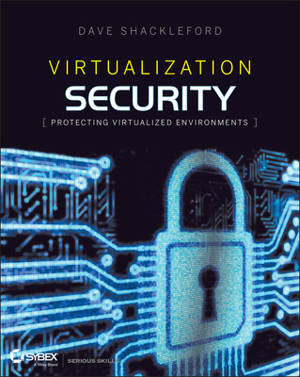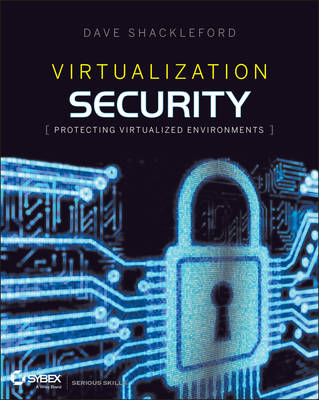
- Retrait gratuit dans votre magasin Club
- 7.000.000 titres dans notre catalogue
- Payer en toute sécurité
- Toujours un magasin près de chez vous
- Retrait gratuit dans votre magasin Club
- 7.000.0000 titres dans notre catalogue
- Payer en toute sécurité
- Toujours un magasin près de chez vous
Virtualization Security Protect Virt Env
Protecting Virtualized Environments
Dave ShacklefordDescription
Virtualization changes the playing field when it comes to security. There are new attack vectors, new operational patterns and complexity, and changes in IT architecture and deployment life cycles. What's more, the technologies, best practices, and strategies used for securing physical environments do not provide sufficient protection for virtual environments. This book includes step-by-step configurations for the security controls that come with the three leading hypervisor--VMware vSphere and ESXi, Microsoft Hyper-V on Windows Server 2008, and Citrix XenServer.
- Includes strategy for securely implementing network policies and integrating virtual networks into the existing physical infrastructure
- Discusses vSphere and Hyper-V native virtual switches as well as the Cisco Nexus 1000v and Open vSwitch switches
- Offers effective practices for securing virtual machines without creating additional operational overhead for administrators
- Contains methods for integrating virtualization into existing workflows and creating new policies and processes for change and configuration management so that virtualization can help make these critical operations processes more effective
This must-have resource offers tips and tricks for improving disaster recovery and business continuity, security-specific scripts, and examples of how Virtual Desktop Infrastructure benefits security.
Spécifications
Parties prenantes
- Auteur(s) :
- Editeur:
Contenu
- Nombre de pages :
- 368
- Langue:
- Anglais
Caractéristiques
- EAN:
- 9781118288122
- Date de parution :
- 28-11-12
- Format:
- Livre broché
- Format numérique:
- Trade paperback (VS)
- Dimensions :
- 189 mm x 236 mm
- Poids :
- 526 g

Les avis
Nous publions uniquement les avis qui respectent les conditions requises. Consultez nos conditions pour les avis.






